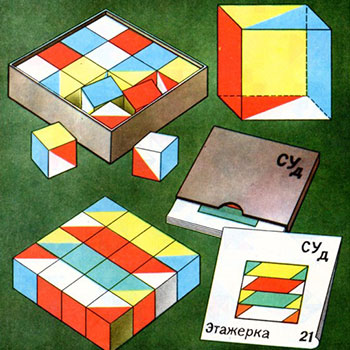A charge of #-2 C# is at the origin. How much energy would be applied to or released from a # 4 C# charge if it is moved from # (7 ,5 ) # to #(3 ,-2 ) #?
1 Answer
Let
The distance formula for Cartesian coordinates is
Where
Distance between origin and point P i.e
Distance between origin and point Q i.e
Distance between point P and point Q i.e
I'll work out the electric potential at points
Then I will use this to work out the potential difference between the two points.
This is the work done by moving a unit charge between the two points.
The work done in moving a
The electric potential due to a charge
Where
So the potential at point
The potential at
So the potential difference is given by:
So the work done in moving a
This is the work done on the charge.
There are no units of distance given. If this was in meters then the answer would be in Joules.

